Let me tell you about the beautiful Paro Valley in Bhutan, a must-visit destination for travelers. This enchanting valley is located in the heart of Bhutan and offers breathtaking views of the surrounding mountains and lush green landscapes.
Paro Valley
Paro Valley is known for its rich cultural heritage and is home to many ancient temples and monasteries. One of the most famous landmarks here is the Taktsang Monastery, also known as the Tiger’s Nest, which is perched on a cliff at an altitude of 3,120 meters. It is believed that Guru Rinpoche, the founder of Buddhism, meditated here for three months in the 8th century.
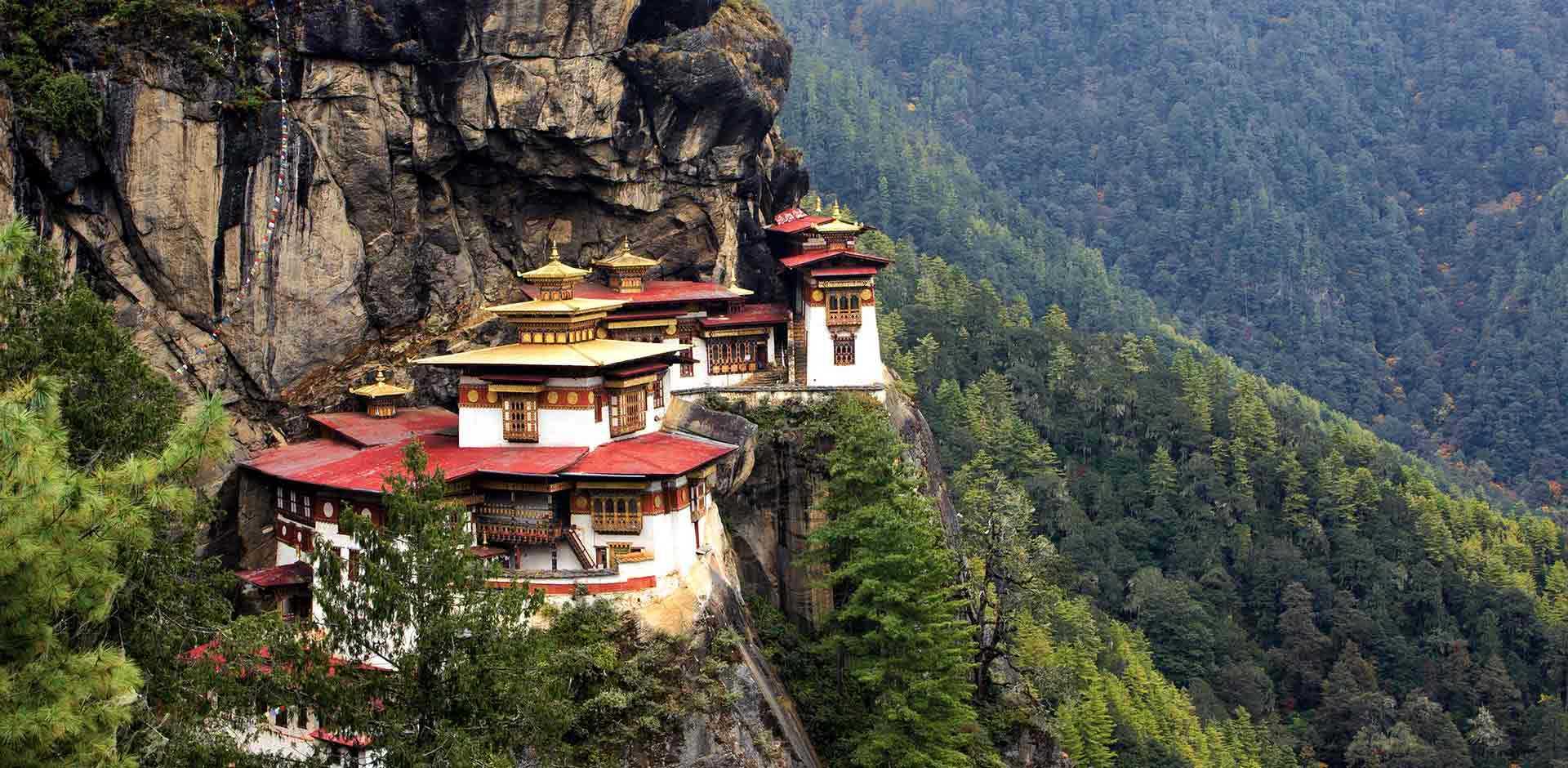
Apart from its spiritual significance, Paro Valley also offers a plethora of outdoor activities for adventure enthusiasts. You can go hiking, trekking, or even paragliding to get a bird’s eye view of the valley. The crystal-clear rivers and streams are perfect for fishing and rafting, while the verdant forests are ideal for nature walks and bird watching.
The people of Paro Valley are warm and welcoming, and their traditional way of life is still preserved. You can experience their unique culture by visiting local villages and trying out their delicious cuisine. Don’t forget to attend one of their colorful festivals, where you can witness traditional dances and rituals.
To make your stay even more memorable, there are plenty of comfortable accommodations available, ranging from luxurious resorts to cozy homestays. And if you’re lucky, you might catch a glimpse of the elusive Himalayan black-necked crane, which migrates to the valley during the winter months.
In conclusion, Paro Valley is a hidden gem waiting to be explored. Its natural beauty, rich culture, and warm hospitality make it a perfect destination for all types of travelers. So pack your bags and get ready to experience the magic of Paro Valley in Bhutan.
Exploring the Cultural Heritage of Paro Valley
History and Architecture
The history of Paro Valley dates back to the 8th century when Guru Rinpoche, the founder of Buddhism, meditated here. Over the years, many temples and monasteries were built in the valley, making it a significant religious site for Buddhists.
One of the most iconic structures in Paro Valley is the Taktsang Monastery, also known as the Tiger’s Nest. It is perched on a cliff at an altitude of 3,120 meters and can be reached by a challenging hike or a horse ride. The monastery is believed to have been built around the cave where Guru Rinpoche meditated for three months.
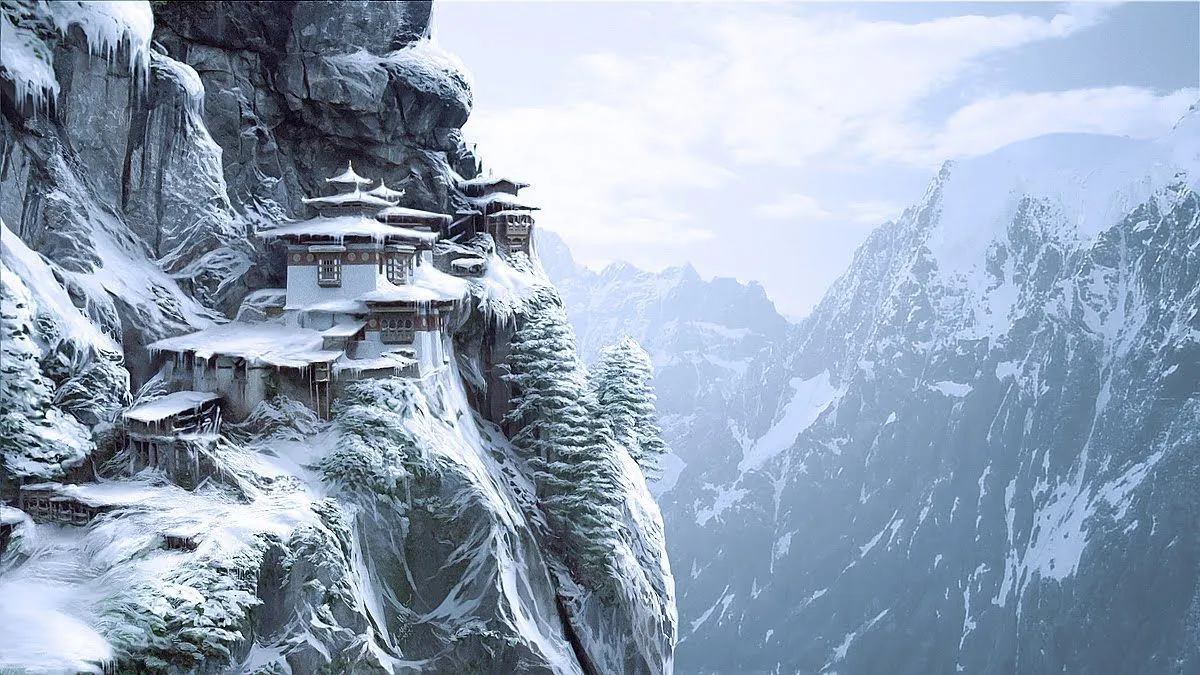
Another must-visit temple in Paro Valley is the Kyichu Lhakhang, one of the oldest and most sacred temples in Bhutan. It was built in the 7th century by the Tibetan King Songtsen Gampo to subdue a demon that was hindering the spread of Buddhism.
Apart from these two famous landmarks, there are many other temples and monasteries scattered throughout the valley, each with its unique history and architecture. These include the Drukgyel Dzong, Rinpung Dzong, and the Ugyen Pelri Palace.
Festivals and Traditions
Paro Valley is known for its vibrant festivals, which are an integral part of the local culture. The most famous festival here is the Paro Tshechu, held annually in the spring season. It is a colorful celebration of dance, music, and rituals, and attracts both locals and tourists alike.
Another festival worth experiencing is the Paro Tsechu Drupchen, which is a more intimate and traditional celebration compared to the Paro Tshechu. It is held a few days before the main festival and includes masked dances performed by monks.
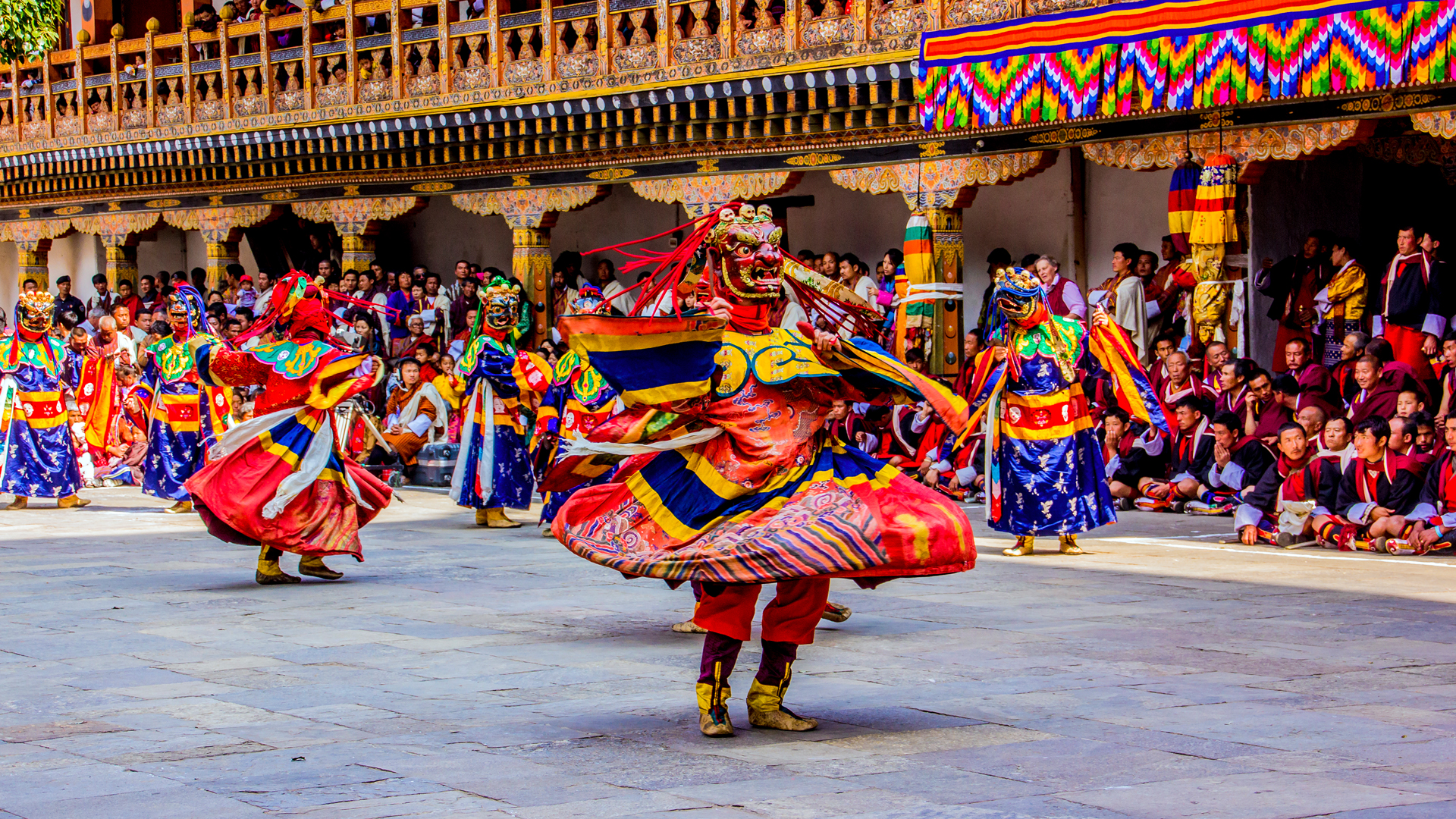
Apart from these two major festivals, there are many other smaller celebrations throughout the year, each with its unique customs and traditions. These festivals are a great way to immerse yourself in the local culture and witness the Bhutanese way of life.
Traditional Cuisine
No trip to Paro Valley is complete without trying out the delicious local cuisine. The traditional Bhutanese food is known for its spicy flavors and use of red rice, buckwheat, and yak meat. Some must-try dishes include Ema Datshi (chili and cheese stew), Phaksha Paa (pork cooked with chili and radish), and Momos (dumplings).
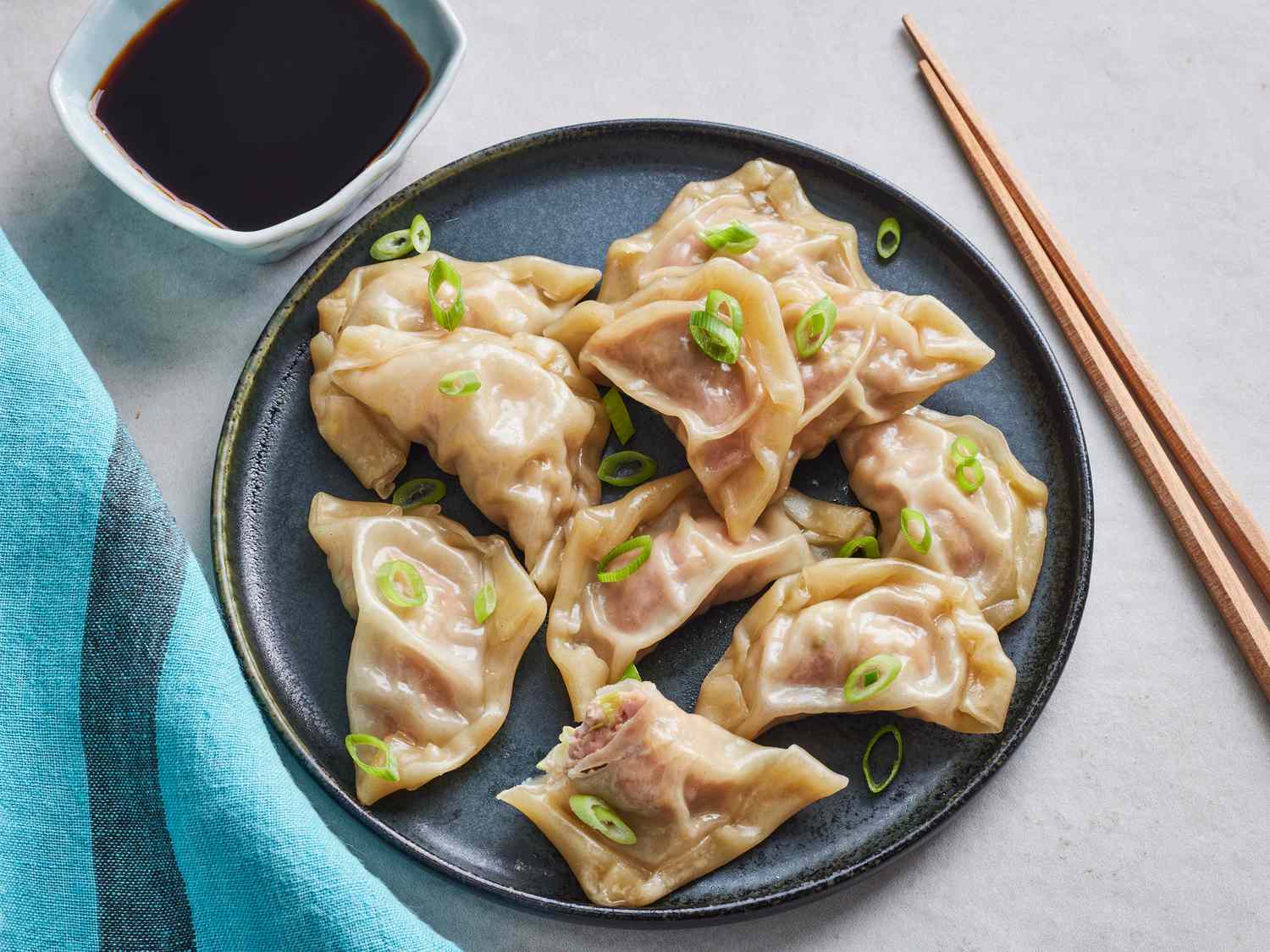
You can also try out the famous butter tea, made with yak butter, salt, and tea leaves. It may not be everyone’s cup of tea, but it is an essential part of the Bhutanese diet and culture.
Recommended Activities
Apart from exploring the cultural heritage of Paro Valley, there are many other activities that you can indulge in during your stay. You can go on a village tour to get a glimpse of the local way of life and interact with the friendly villagers.
For adventure enthusiasts, there are options for hiking, trekking, and even paragliding. The most popular trek in Paro Valley is the Druk Path Trek, which takes you through beautiful landscapes and offers stunning views of the Himalayan mountains.
If you’re looking for a more relaxed experience, you can go fishing or rafting in the crystal-clear rivers and streams. And for nature lovers, there are plenty of opportunities for bird watching and nature walks in the verdant forests.
Exploring the Natural Beauty of Paro Valley
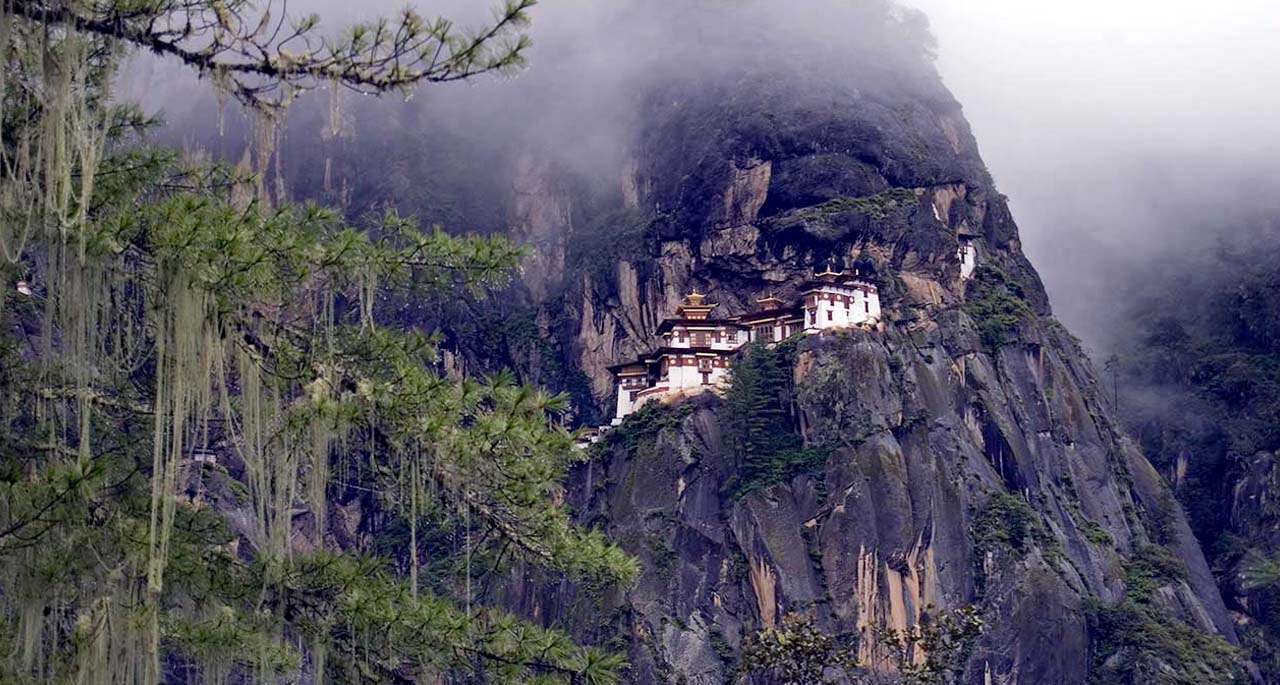
Scenic Views
Paro Valley is surrounded
by majestic mountains and offers breathtaking views from every corner. The most iconic view is that of the Taktsang Monastery, perched on a cliff with the valley spread out below.
You can also take a short hike to the Chele La Pass, which offers panoramic views of the valley and the snow-capped Himalayan peaks. On a clear day, you can even see the highest peak in Bhutan, Gangkhar Puensum, standing tall at 7,570 meters.
Flora and Fauna
The valley is home to a diverse range of flora and fauna, making it a paradise for nature lovers. The forests here are filled with rhododendron trees, which bloom in vibrant colors during the spring season.
You can also spot various species of birds, including the rare Himalayan black-necked crane, which migrates to the valley during the winter months. Other animals that can be found here include musk deer, red pandas, and even the elusive snow leopard.
Hot Springs
Paro Valley is also known for its natural hot springs, which are believed to have healing properties. The most famous one is the Tshachu Hot Spring, located about an hour’s drive from Paro town. It is a popular spot for both locals and tourists, who come here to relax and rejuvenate in the mineral-rich waters.

Recommended Activities
Apart from admiring the natural beauty of Paro Valley, there are many activities that you can do to make the most of your stay. You can go on a nature walk or a picnic in the forests, where you can spot various species of plants and animals.
For a more adventurous experience, you can go on a mountain biking tour or try out archery, the national sport of Bhutan. And if you’re feeling adventurous, you can even camp under the stars and experience the serene beauty of the valley at night.
Accommodations and Transportation in Paro Valley
Accommodations
Paro Valley offers a range of accommodations to suit every budget and preference. You can choose from luxurious resorts, cozy homestays, or even campgrounds for a more immersive experience.
Some popular options include the Uma Paro Resort, Zhiwa Ling Hotel, and the Naksel Boutique Hotel & Spa. These properties offer stunning views of the valley and provide all the necessary amenities for a comfortable stay.
If you’re looking for a more authentic experience, you can opt for a homestay with a local family. This will not only give you a glimpse into their way of life but also allow you to interact with them and learn about their culture firsthand.
Transportation
The most convenient way to reach Paro Valley is by air, as it has its own international airport. The Paro International Airport is located about 6 kilometers from the town and is well-connected to major cities in India, Nepal, Thailand, and Singapore.
Once you reach Paro, you can hire a taxi or rent a car to get around the valley. Taxis are easily available, and most hotels can arrange for transportation upon request. You can also opt for public buses, which are a cheaper option but may not be as frequent.
Travel Tips to Paro Valley
Best Time to Visit
The best time to visit Paro Valley is during the spring season (March-May) and autumn season (September-November). The weather is pleasant, and the skies are clear, making it perfect for outdoor activities and sightseeing.
If you want to witness the famous festivals, plan your trip accordingly. The Paro Tshechu is usually held in March or April, while the Paro Tsechu Drupchen takes place a few days before the main festival.
Dress Code and Etiquette
Bhutan is a conservative country, and it is essential to dress modestly, especially when visiting religious sites. Both men and women are expected to cover their shoulders and knees, and remove their hats and shoes before entering temples and monasteries.
It is also important to respect the local culture and customs. Avoid pointing at people or objects with your feet, as it is considered disrespectful. And always ask for permission before taking pictures of locals or their homes.
Permits and Visas
All foreign nationals, except citizens of India, Bangladesh, and Maldives, require a visa to enter Bhutan. You can obtain a tourist visa by applying through a licensed tour operator in Bhutan. The visa fee is included in the daily tariff charged by the tour operator.
You will also need a permit to enter Paro Valley, which can be obtained from the Department of Immigration in Thimphu or at the Paro International Airport upon arrival. Your tour operator will arrange for the necessary permits on your behalf.
Frequently Asked Questions about Paro Valley
Q: How do I get to Paro Valley?
A: The most convenient way to reach Paro Valley is by air, as it has its own international airport. You can also travel by road from other major cities in Bhutan.
Q: What is the best time to visit Paro Valley?
A: The best time to visit Paro Valley is during the spring season (March-May) and autumn season (September-November). The weather is pleasant, and the skies are clear, making it perfect for outdoor activities and sightseeing.
Q: Do I need a visa to visit Paro Valley?
A: Yes, all foreign nationals, except citizens of India, Bangladesh, and Maldives, require a visa to enter Bhutan. You can obtain a tourist visa by applying through a licensed tour operator in Bhutan.
Q: What are the must-try dishes in Paro Valley?
A: Some must-try dishes in Paro Valley include Ema Datshi (chili and cheese stew), Phaksha Paa (pork cooked with chili and radish), and Momos (dumplings). Don’t forget to try out the famous butter tea as well.
Q: Are there any cultural festivals in Paro Valley?
A: Yes, Paro Valley is known for its vibrant festivals, including the Paro Tshechu and the Paro Tsechu Drupchen. These festivals are a great way to experience the local culture and traditions.
Conclusion
Paro Valley in Bhutan is a destination that offers something for everyone. Its natural beauty, rich cultural heritage, and warm hospitality make it a must-visit place for travelers. From exploring ancient temples and monasteries to indulging in outdoor activities and experiencing the local way of life, Paro Valley has it all. So plan your trip now and get ready to be enchanted by the magic of this beautiful valley.
